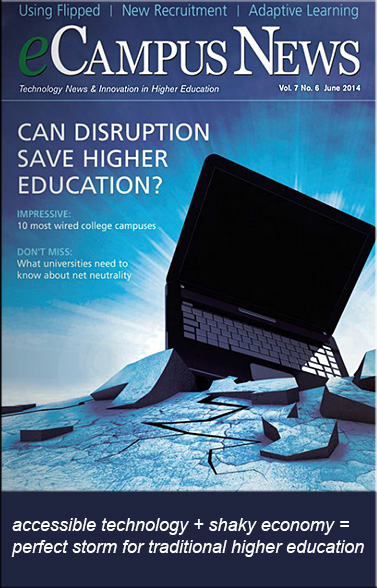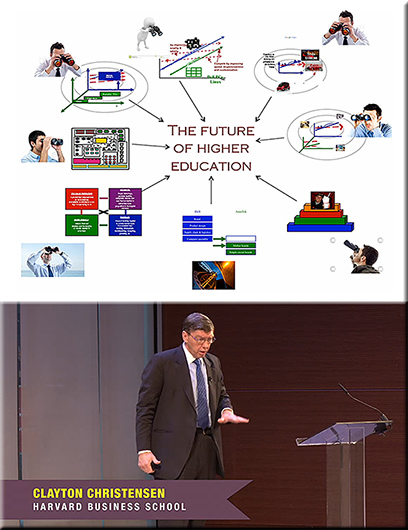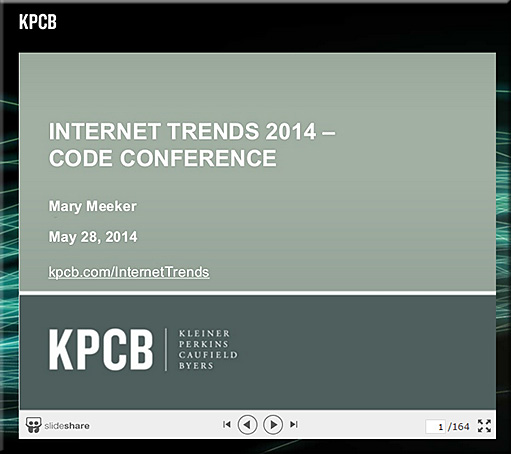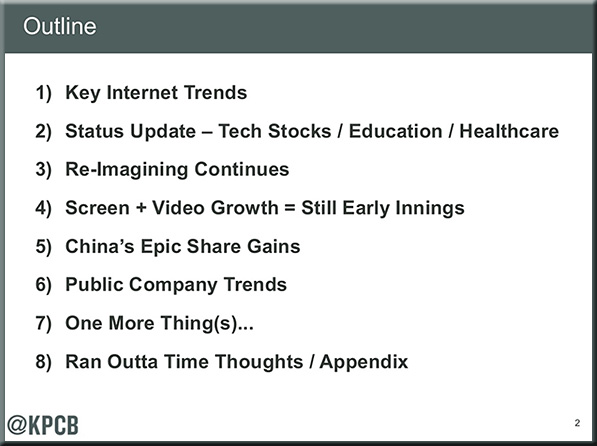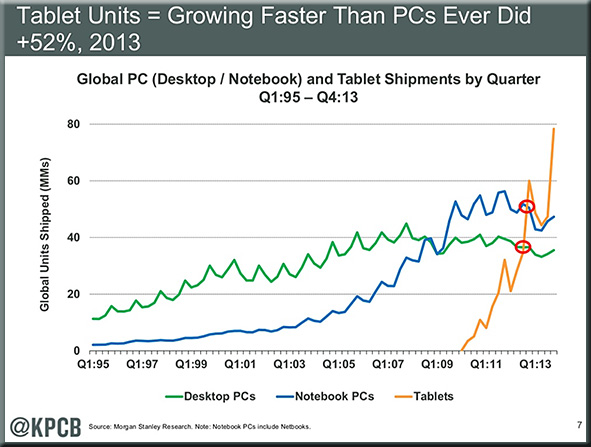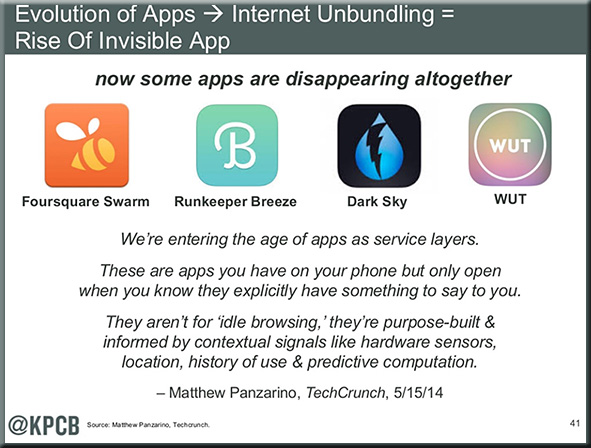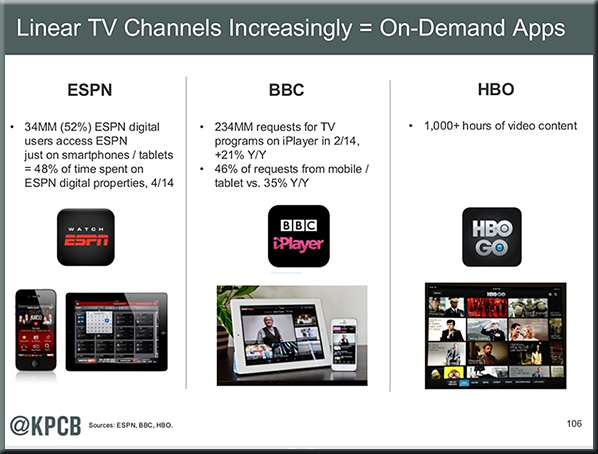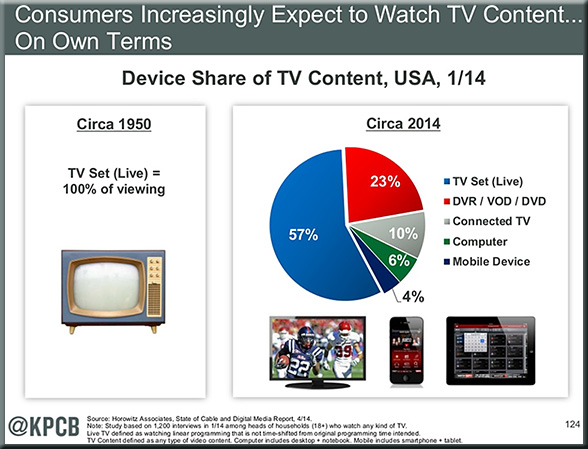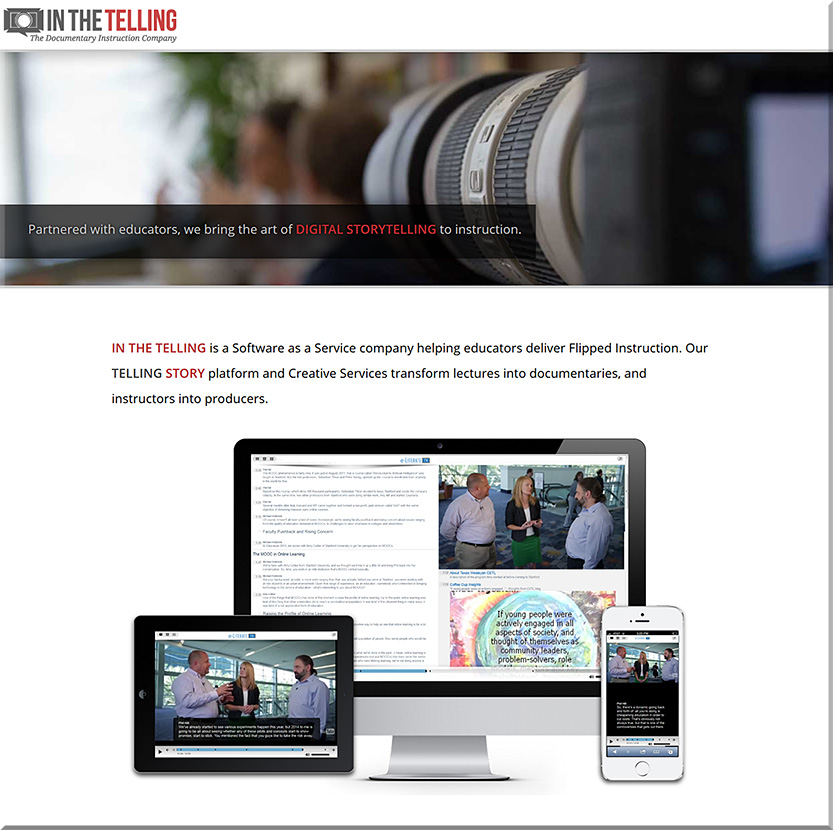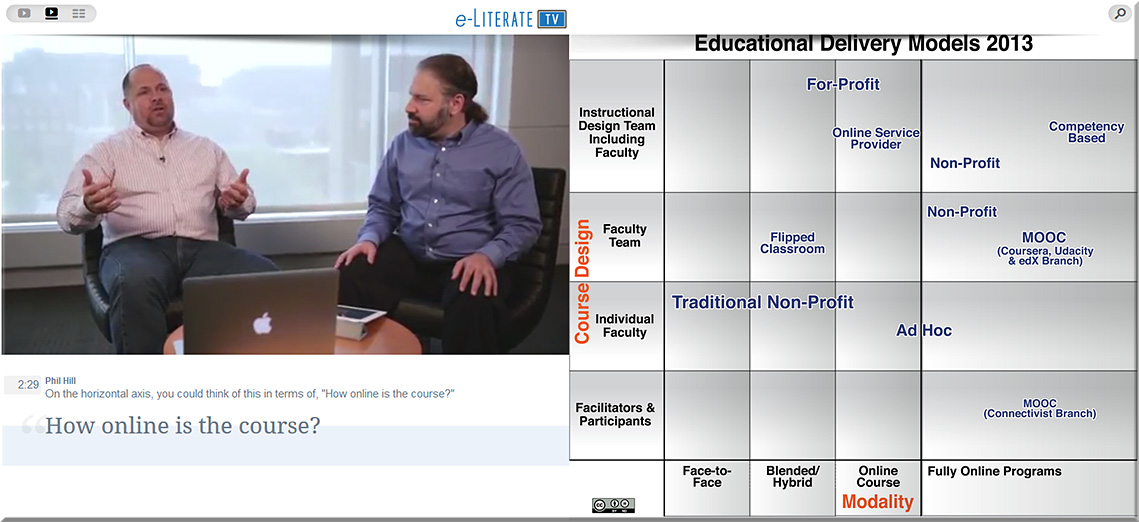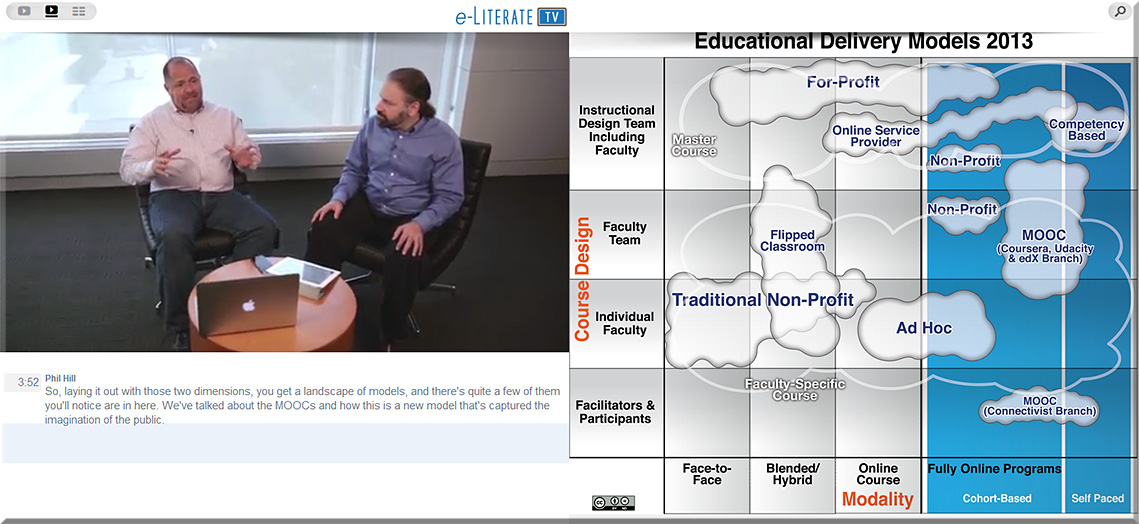How Google and Coursera may upend the traditional college degree — from brookings.edu by
Excerpt:
Recently, the online education firm Coursera announced a new arrangement with Google, Instagram and other tech firms to launch what some are calling “microdegrees” – a set of online courses plus a hands-on capstone project designed in conjunction with top universities and leading high-tech firms. Coursera is one of America’s leading MOOC developers (Massive Open Online Courses).
…
Why does this announcement suggest such a shakeup is likely? Several reasons. Here are just four:
- MOOCs are moving from novel sideshow to serious competition.
- The partnership between online education and employers is likely a game-changer.
- Accreditation as a restriction on competition is eroding.
- Microdegrees are likely the pathway to customized degree programs.
Also see:
Top companies work with university partners to help create capstone projects with real world applications — from blog.coursera.org
Excerpt:
Experts at top companies like Google and Instagram have joined Coursera to help develop the final projects — called “Capstones” — for Coursera Specializations.
Combining a curated series of courses with a final Capstone Project, Specializations help you master new skills with the best of university teaching and the real-time market perspective of top industry partners. Hundreds of thousands of learners have enrolled in Specializations since their launch in January 2014.
But partnerships like Coursera’s include employers actually certifying groups of courses as meeting industry’s standards for skills and knowledge – essentially an end-run around traditional accreditation as a measure of quality.
Also see:
- Udacity’s nanodegree program”
Credentials built and recognized by industry leaders to advance your career
From DSC:
First of all, that piece about the end-around traditional accreditation should make those of us working within higher ed veeeeerrrrry nervous — and much more responsive — as accreditation has been what’s kept traditional institutions of higher ed in the game. If that goes, well…hmmm…things could get very interesting.
Secondly, those who talk of the demise of MOOCs are waaayyy too premature in their assessment/conclusion. Technologies and vendors such as IBM (Watson), Apple (Siri), Google (Deepmind), and Microsoft (Cortana and Azure Machine Learning) could bake their products into MOOCs. Also, what happens if vendors involved with developing personalized learning platforms and/or those vendors specializing with big data start approaching MOOC providers? (See Will micro-credentialing be an example of the use of big data in education and training?) The resulting offerings could have an enormous impact on how people learn and make a living in the future. Again, if those types of technologies get baked into MOOCs, I’m pretty sure that people won’t be discounting MOOCs any longer.
Also, it’s because of items like those mentioned above that sometimes make me wonder if online education and digitally-related delivery mechanisms are what will save the liberal arts. People could pick up courses in the liberal arts throughout their lifetimes — obtaining degrees…or not. (As a brief aside, I wonder to what extent faculty members will develop their own brands.) Anyway, it’s getting to the point that many people can’t afford the campus experience. But could they afford something online…? It could be…depending upon the pricing and associated business models involved. My guess is that those institutions who practice a team-based approach will survive and thrive — if they keep a steady eye on their pricing.










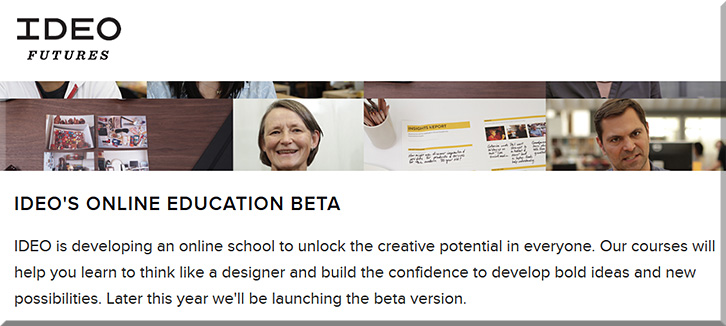
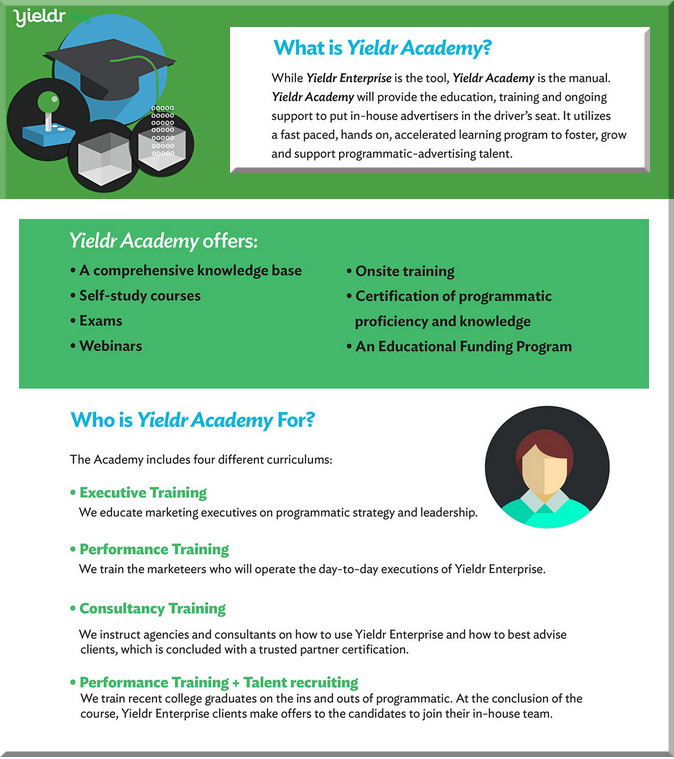
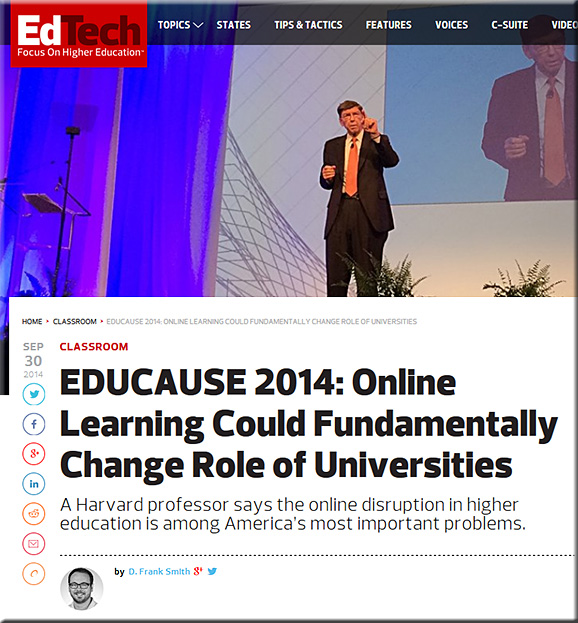

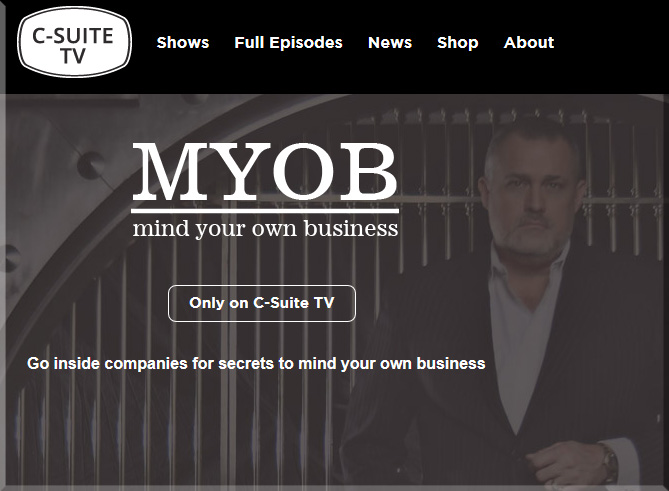
![The Living [Class] Room -- by Daniel Christian -- July 2012 -- a second device used in conjunction with a Smart/Connected TV](http://danielschristian.com/learning-ecosystems/wp-content/uploads/2012/07/The-Living-Class-Room-Daniel-S-Christian-July-2012.jpg)
